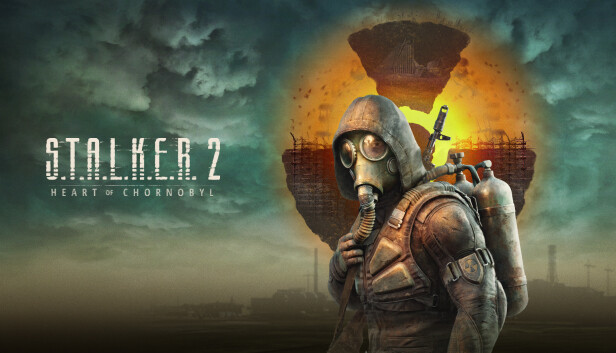
Comparing S.T.A.L.K.E.R. 2 to Its Predecessors Whats Changed?
Comparing S.T.A.L.K.E.R. 2 to Its Predecessors: What's Changed?
The highly anticipated sequel, S.T.A.L.K.E.R. 2: Heart of Chernobyl, has finally entered the gaming landscape, reigniting the fierce dedication of fans who have been eagerly awaiting its release for over a decade. S.T.A.L.K.E.R. 2 builds upon the rich legacy of the original trilogy, which includes S.T.A.L.K.E.R.: Shadow of Chernobyl, S.T.A.L.K.E.R.: Clear Sky, and S.T.A.L.K.E.R.: Call of Pripyat. With advancements in technology and changes in game design philosophy, it's crucial to examine how this sequel diverges from its predecessors while retaining the core elements that defined the series.
Visual and Technical Enhancements
One of the most notable changes in S.T.A.L.K.E.R. 2 is its stunning visual fidelity, made possible by the use of Unreal Engine 5. The environments are more detailed and expansive than ever before, providing a more immersive experience as players traverse the treacherous landscape of Chernobyl. The day-night cycle and dynamic weather systems contribute significantly to atmospheric immersion, adding layers of realism that were limited in earlier titles. The original games, built on the X-Ray engine, had their strengths but lacked the polish that modern graphics engines can provide, which is crucial for the current generation of gamers. The sheer beauty of S.T.A.L.K.E.R. 2 adds weight to the emotional and psychological narrative the game aims to convey.
Gameplay Mechanics and Design Philosophy
In addition to visual upgrades, S.T.A.L.K.E.R. 2 introduces several gameplay mechanics that significantly alter the player experience. The open-world design is now more fluid, encouraging exploration and interaction with the environment. Unlike its predecessors, which often felt more scripted, this sequel aims to deliver a more organic experience. Players now navigate through quests dynamically, with branching paths and multiple outcomes influencing the game's narrative. This design philosophy represents a shift towards a more player-driven experience, where decisions carry more weight than in earlier installments, fostering a sense of agency that players have come to expect in modern RPGs.
In-game Economy and S.T.A.L.K.E.R. 2 Shop
Another exciting alteration is the introduction of an in-game economy, which is prominently showcased in the S.T.A.L.K.E.R. 2 shop. This innovative feature allows players to buy and sell items, weapons, and equipment, providing an enhanced strategy element akin to survival mechanics. While previous titles offered trading and barter systems, they often felt secondary to the overarching narrative. The S.T.A.L.K.E.R. 2 shop integrates seamlessly into the game, with a user-friendly interface that encourages players to consider their loadout more carefully, factoring in their inventory and available resources. This adds a layer of depth to the survival aspect of the game, pushing players to think critically about their choices, such as whether to upgrade gear, purchase supplies, or save resources for later encounters.
Narrative Depth and World-Building
Lastly, the story and lore within S.T.A.L.K.E.R. 2 have undergone a facelift and expansion, creating a more engaging narrative experience. While the original trilogy had a distinct atmosphere and storytelling style, the sequel aims to enrich its lore with extensive background information, character development, and immersive quests. Players will encounter deeper story arcs and not just rehashed content from prior games. New characters and factions populate the world, adding complexity and allowing players to forge alliances or enmities based on their choices. The rich narrative interwoven with the chaotic landscape allows S.T.A.L.K.E.R. 2 to stand apart as more than just a sequel but as a holistic reimagining of what made the franchise appealing.
In conclusion, S.T.A.L.K.E.R. 2: Heart of Chernobyl offers players an exciting new adventure while honoring the legacy of its predecessors. With significant enhancements in visuals, gameplay mechanics, economy systems like the S.T.A.L.K.E.R. 2 shop, and narrative depth, this sequel stands poised to redefine the franchise for both veterans and newcomers. As the gaming community eagerly delves back into the Chernobyl Exclusion Zone, it is clear that the essence of S.T.A.L.K.E.R. remains alive while simultaneously evolving to meet modern expectations.
.png)